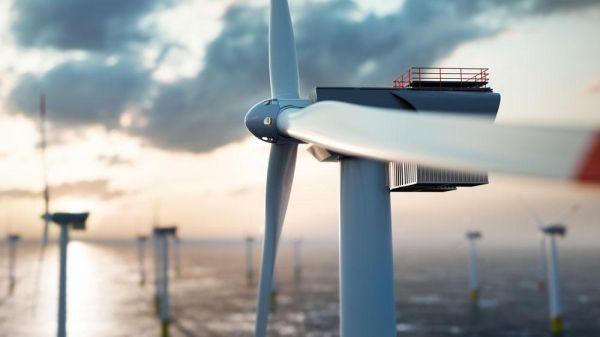Twice a day, at dusk and just before dawn, a faint layer of sodium and other metals begins sinking down through the atmosphere, about 90 miles high above the city of Boulder, Colorado.
articles
Mapping Intermittent Methane Emissions Across the Permian Basin
The Permian Basin, located in western Texas and southeastern New Mexico, is the largest oil- and gas-producing region in the U.S.
Satellite Senses Subtle Amazon Seasonality
An analysis of geostationary satellite data found a 10 to 15 percent increase in greening around the rainforest during the dry season.
Researchers Learn How Swimming Ducks Balance Water Pressure in Their Feathers While Diving
A team of students working with Jonathan Boreyko, associate professor in mechanical engineering, has discovered the method ducks use to suspend water in their feathers while diving, allowing them to shake it out when surfacing.
Research Underway On Floating Renewable Energy Station
Texas A&M researchers are developing an ocean renewable energy station that could combine wind, wave, current and solar energy methods on a floating offshore platform.
CryoSat Reveals Ice Loss From Glaciers in Alaska and Asia
As our climate warms, ice melting from glaciers around the world is one of main causes of sea-level rise.










